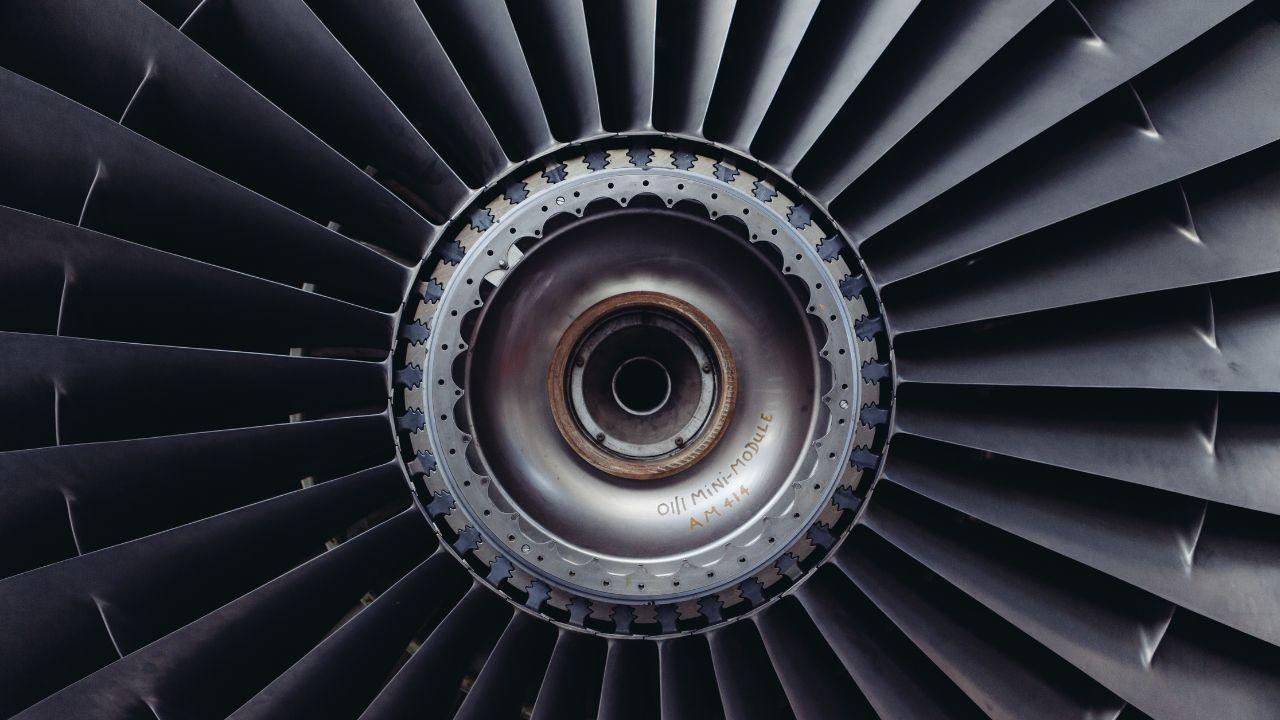
Post by : Armust Desk
In a pioneering move, Rolls-Royce has launched a first-of-its-kind recycling project, Tornado 2 Tempest, which turns old Royal Air Force (RAF) Tornado aircraft parts into powdered metal. This metal is then used to 3D print new components for the Orpheus small engine, a key part of the Future Combat Air System (FCAS) programme.
The initiative marks an important step for Rolls-Royce’s Grow Combat strategic plan, showing how recycled materials can be used in next-generation combat aircraft, including the upcoming Tempest fighter jet.
Recycling Strategic Metals for Defence
Many surplus parts from the Ministry of Defence (MOD), including broken or spare components, contain high-quality metals such as steel, aluminium, and titanium. These metals are considered strategic due to their high value and limited availability.
The Tornado 2 Tempest team studied whether these parts could be turned into metal powders, called “feedstock,” suitable for additive manufacturing. This process allows new parts to be built using 3D printing technology rather than traditional forging or casting.
Titanium Components Turned into 3D Printed Parts.
The project focused on Tornado components containing large amounts of titanium, including compressor blades from jet engines. After thorough cleaning and processing, these components were successfully atomised into powders. These powders were then used to 3D print a nose cone and compressor blades for the Orpheus test engine.
Rolls-Royce installed the 3D printed nose cone on the engine and tested it under normal operating conditions. The results were highly positive, showing that recycled parts can meet safety and performance standards required for future use.
Collaboration Across Defence and Industry
The project was led by the Defence Recycling & Disposals Team (DRDT) under Defence Equipment and Support (DE&S) in partnership with the MOD FCAS team, Rolls-Royce, and Additive Manufacturing Solutions Limited (AMS) in Lancashire.
Funding came from the UK Strategic Command’s Defence Support Organisation, under its Circular Economics for Defence Concept Note, highlighting the growing importance of sustainable practices in defence operations.
Benefits of Recycling and the Circular Economy
This project demonstrates that recycling old parts can bring multiple benefits:
Reduces the cost and difficulty of sourcing critical metals.
Produces components that are lighter, stronger, and longer-lasting than traditionally forged parts.
Increases the availability of strategic metals to the UK defence industry.
Supports sustainability by cutting down waste and emissions.
The team also introduced a Digital Product Passport, which records the origin and lifecycle of materials. This helps in tracking the use of metals and prevents counterfeit parts from entering supply chains.
Voices from the Project
Thomas Powell, DRDT’s Strategic & Submarine Recycling Senior Commercial Manager, said:
"This solution not only lowers costs but also produces lighter, stronger, and longer-lasting components. It enhances the MOD’s sustainability and operational efficiency."
Squadron Leader Rob, FCAS’s Sustainability Requirements Manager, added:
"Innovative projects like Tornado 2 Tempest reduce the RAF’s reliance on long, costly supply chains. This allows us to operate longer while cutting emissions and waste."
More than 80 people participated in the project, including commercial graduates from DRDT and graduate apprentices from Rolls-Royce, combining expertise with innovative technology to maintain future defence capabilities.
Robert Higham, AMS Director, said:
"Our aim is 'Innovative Solutions for a Sustainable Future'. This project turned our ideas into reality, showing that circular economy processes can revolutionize defence manufacturing."
Recognition and Awards
The MOD’s Chief of Defence Logistics and Support recently awarded Rolls-Royce a CDLS Commendation for their dedication and innovation in delivering and improving support to the front line.
This recognition underscores the importance of sustainability, innovation, and collaboration in modern defence technology. By turning old aircraft parts into 3D printed components, Rolls-Royce and its partners have demonstrated a practical and forward-thinking approach to defence manufacturing.
Rolls-Royce, RAF Tornado, Tornado 2 Tempest, Orpheus engine, 3D printing
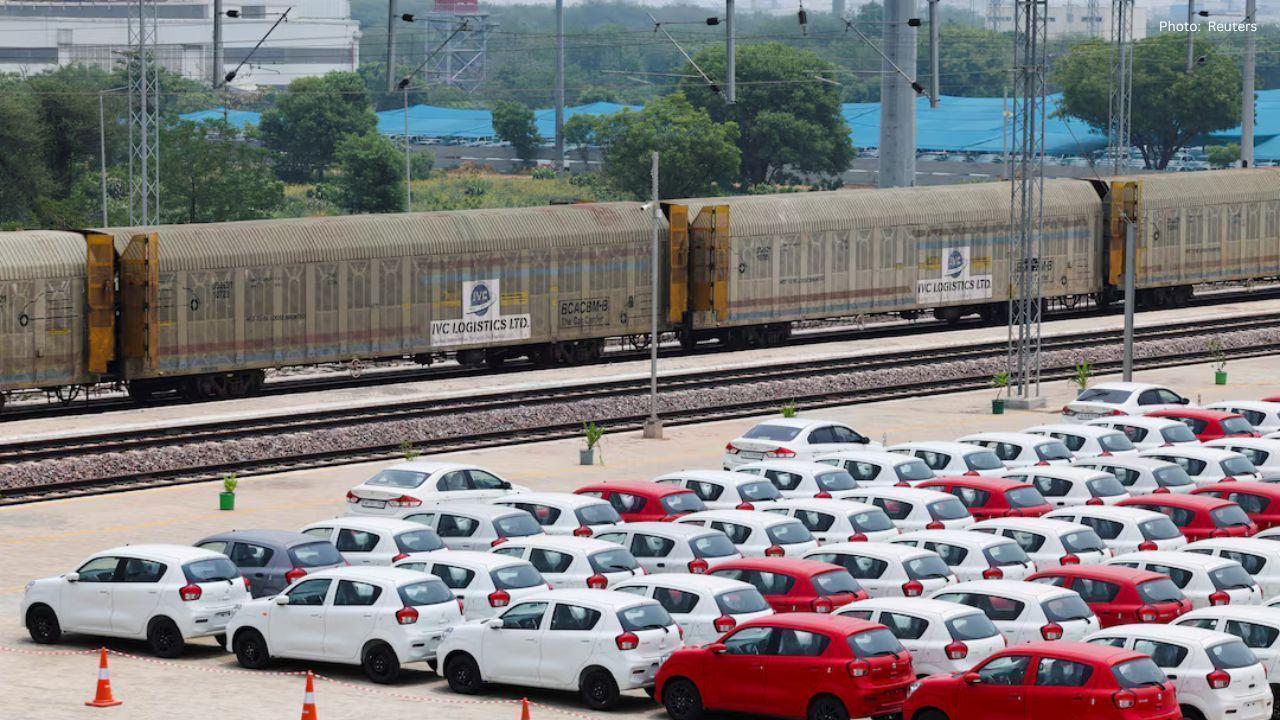
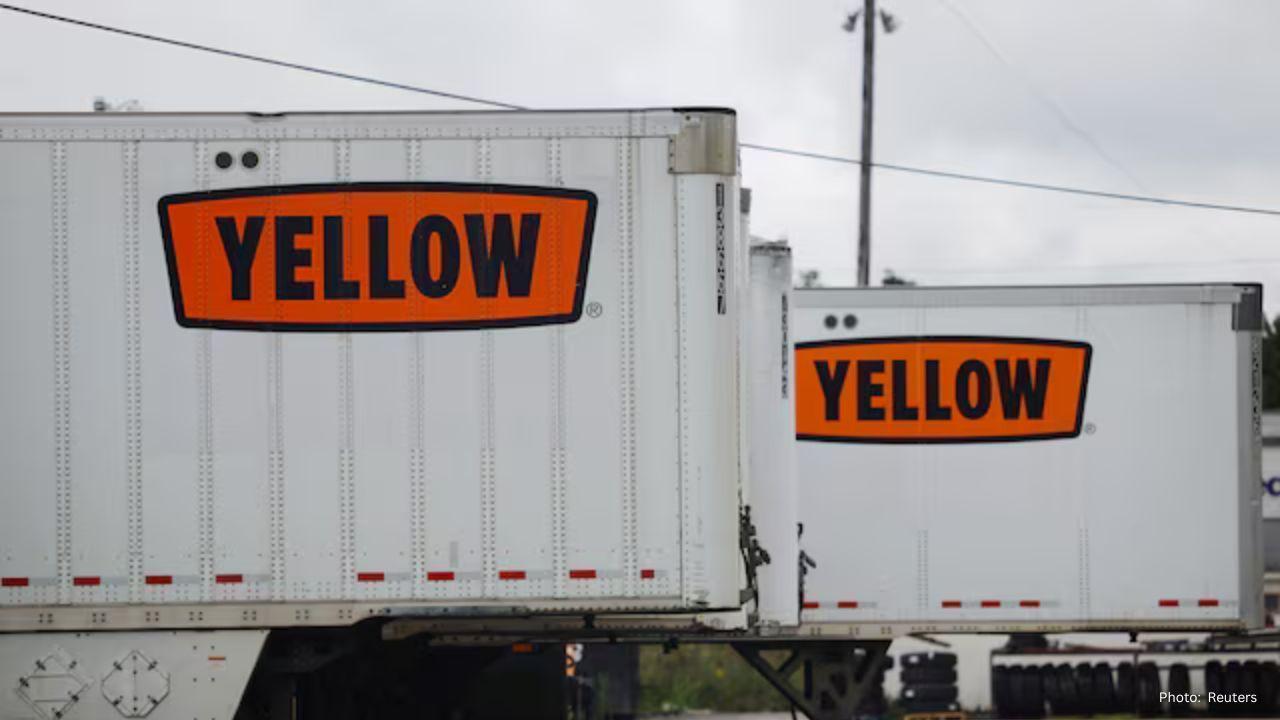

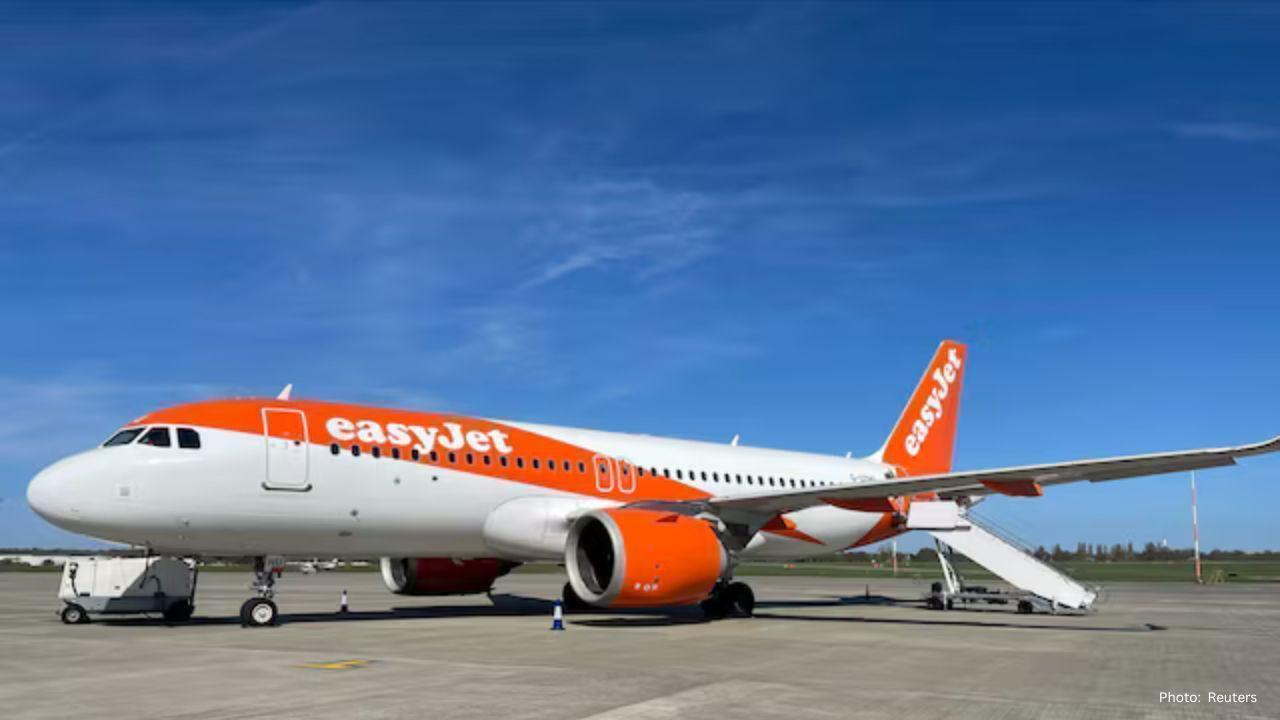


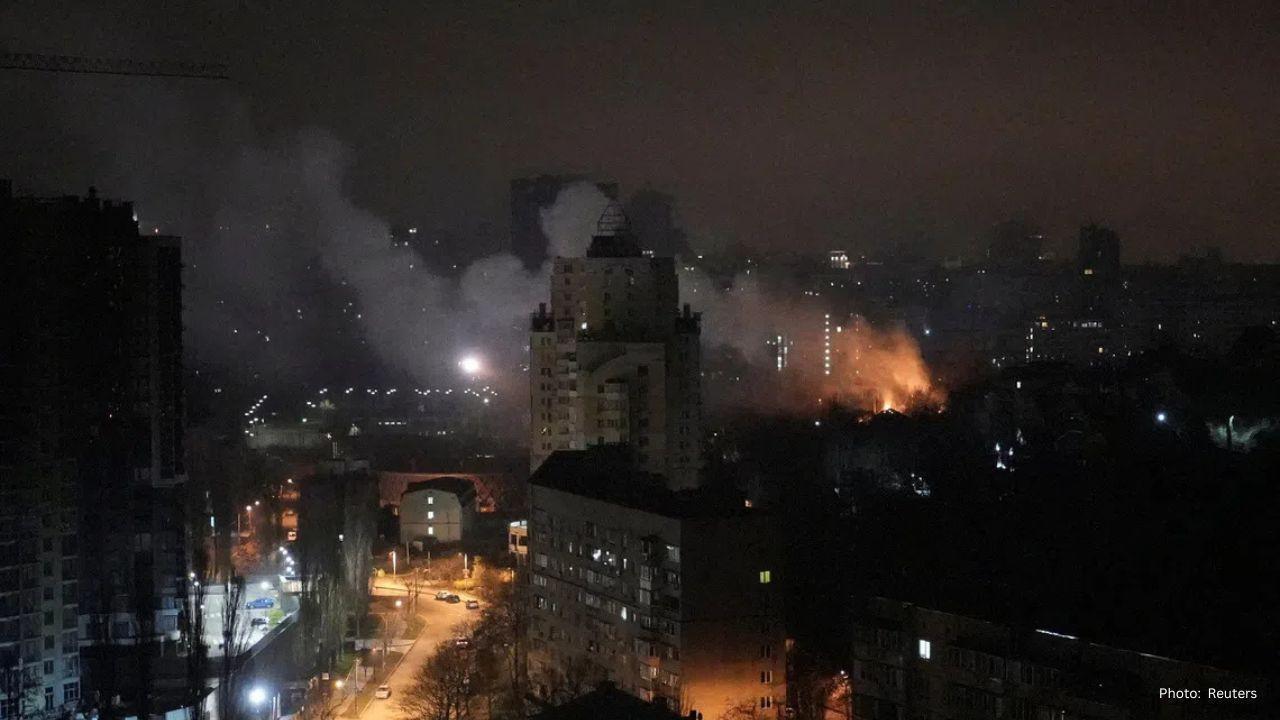
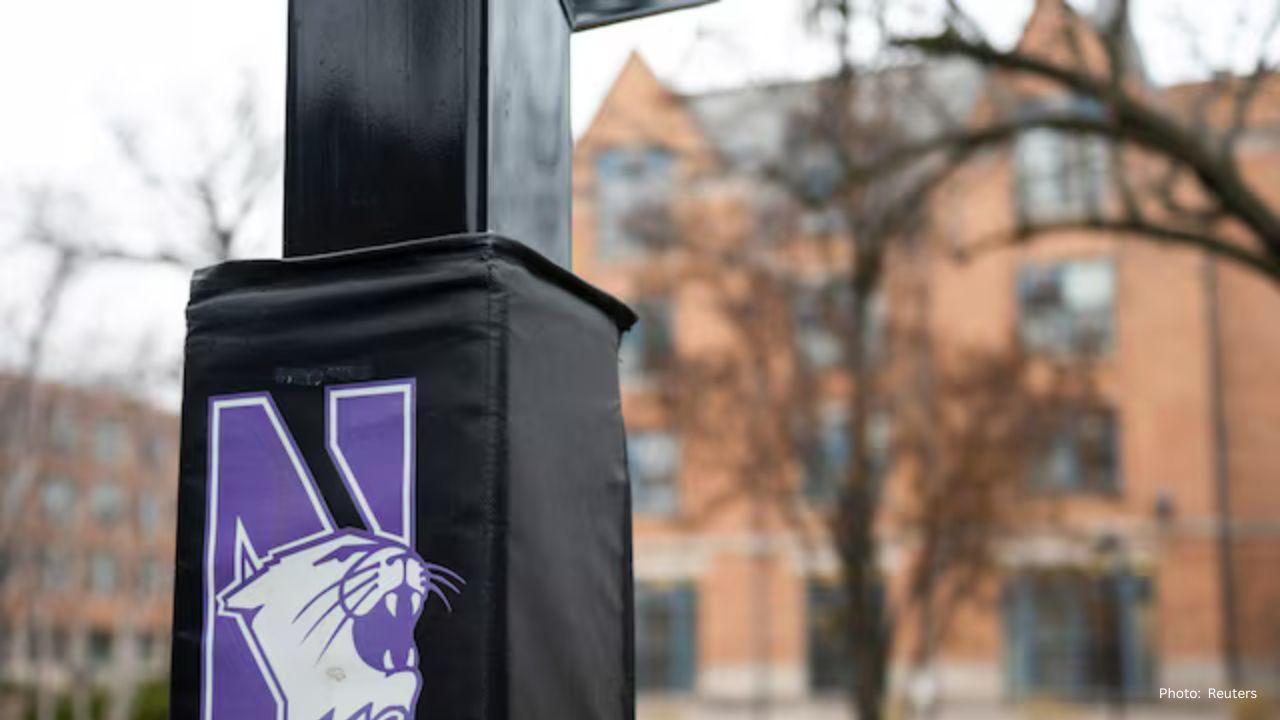
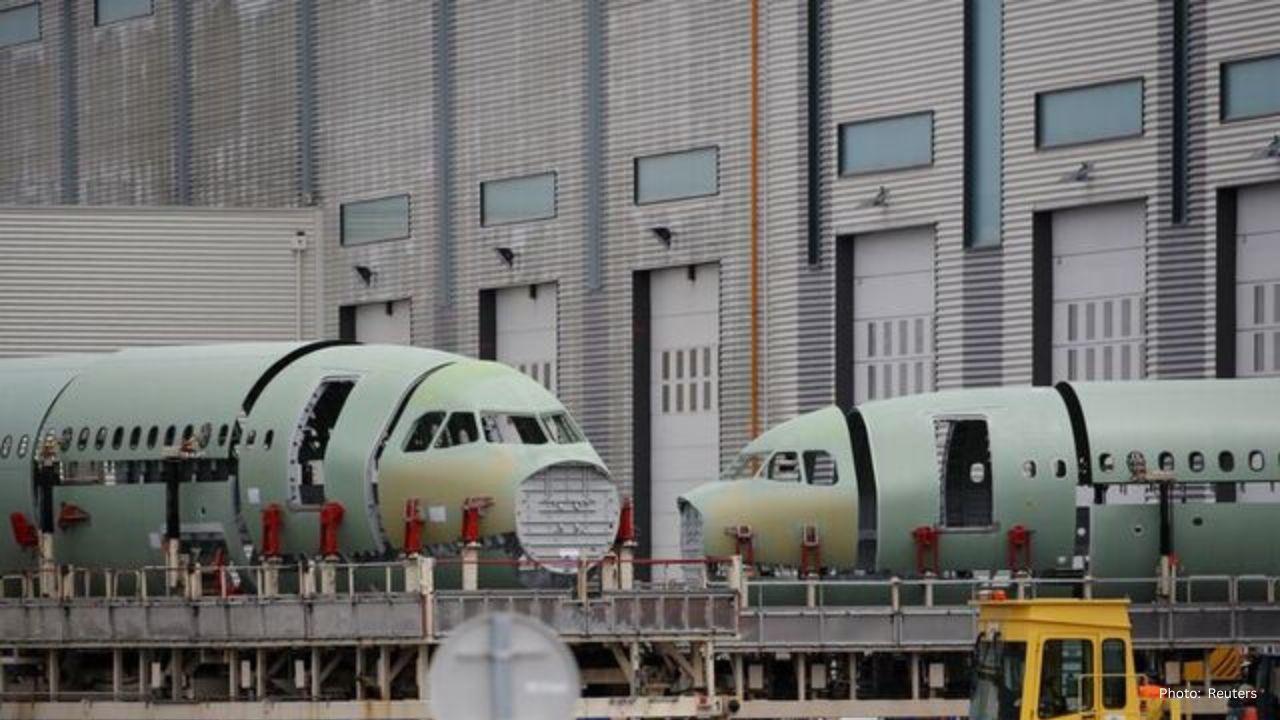

Advances in Aerospace Technology and Commercial Aviation Recovery
Insights into breakthrough aerospace technologies and commercial aviation’s recovery amid 2025 chall
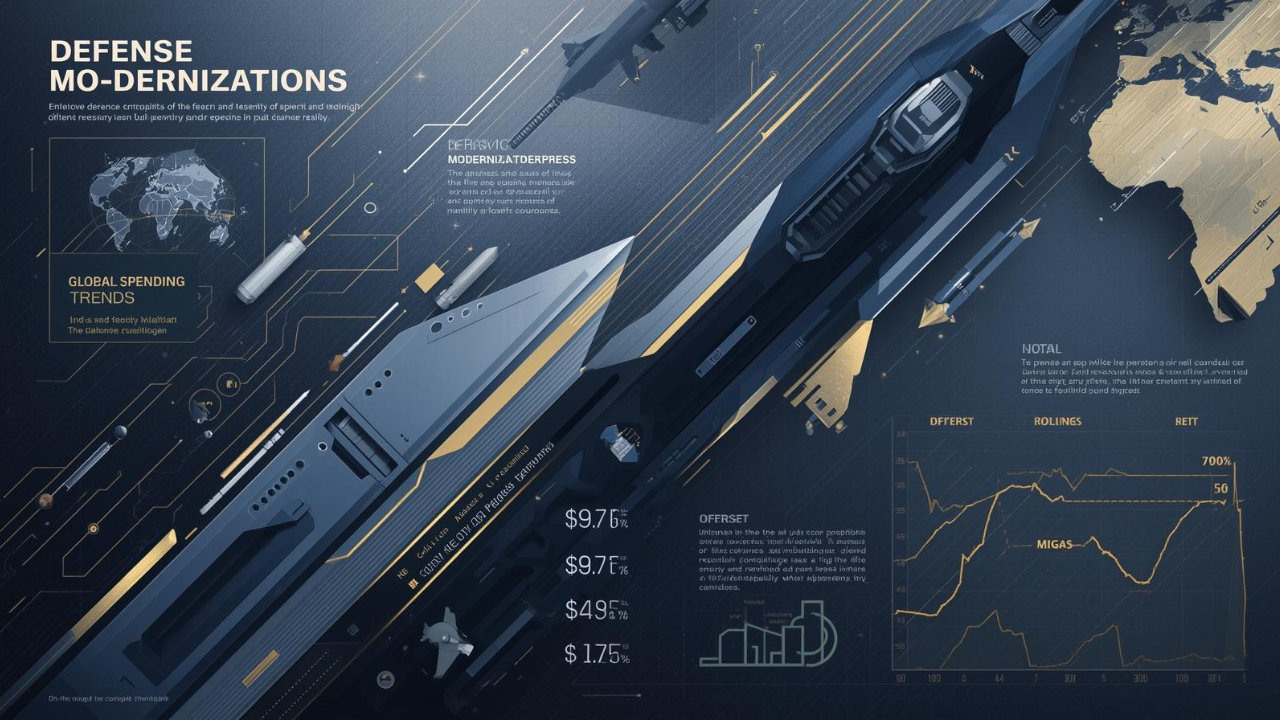
Defense Modernization and Strategic Spending Trends
Explore key trends in global defense modernization and strategic military spending shaping 2025 secu

Tens of Thousands Protest in Serbia on Anniversary of Deadly Roof Collapse
Tens of thousands in Novi Sad mark a year since a deadly station roof collapse that killed 16, prote
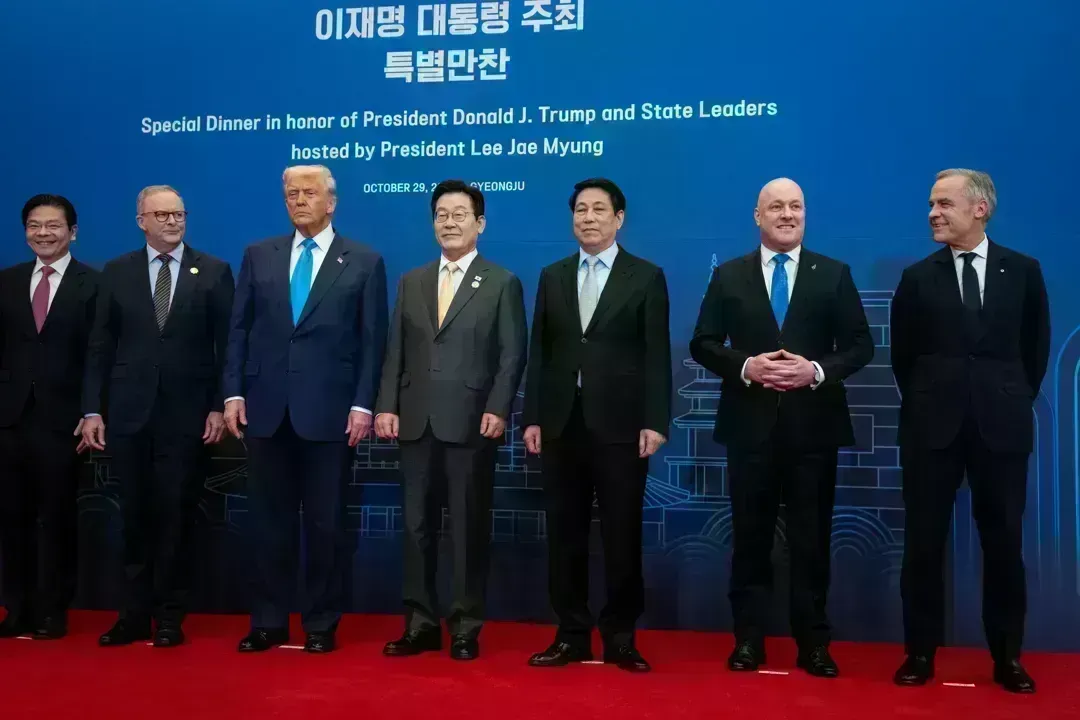
Canada PM Carney Apologizes to Trump Over Controversial Reagan Anti-Tariff Ad
Canadian PM Mark Carney apologized to President Trump over an Ontario anti-tariff ad quoting Reagan,

The ad that stirred a hornets nest, and made Canadian PM Carney say sorry to Trump
Canadian PM Mark Carney apologizes to US President Trump after a tariff-related ad causes diplomatic

Bengaluru-Mumbai Superfast Train Approved After 30-Year Wait
Railways approves new superfast train connecting Bengaluru and Mumbai, ending a 30-year demand, easi